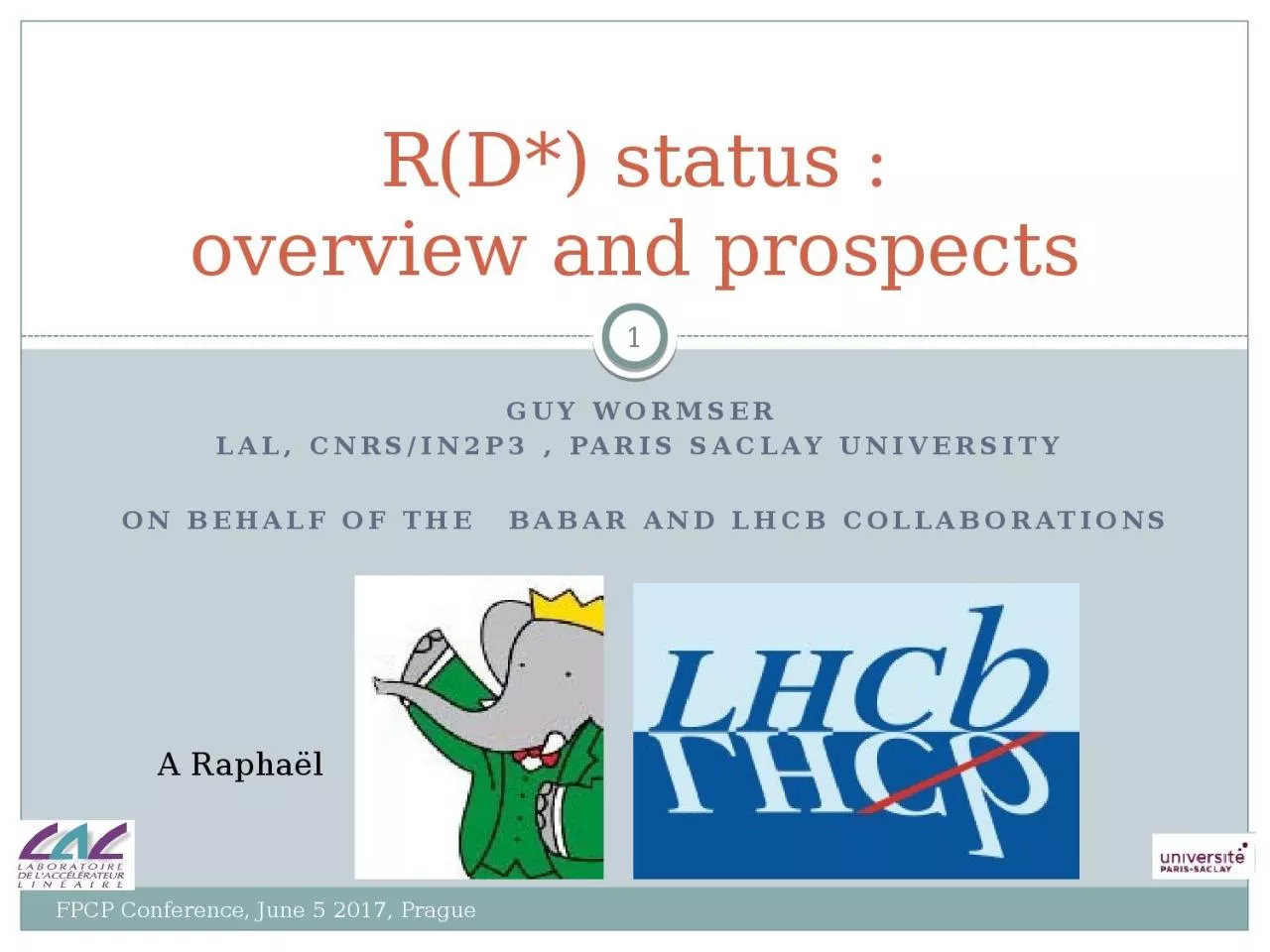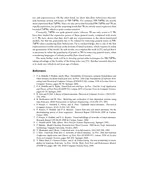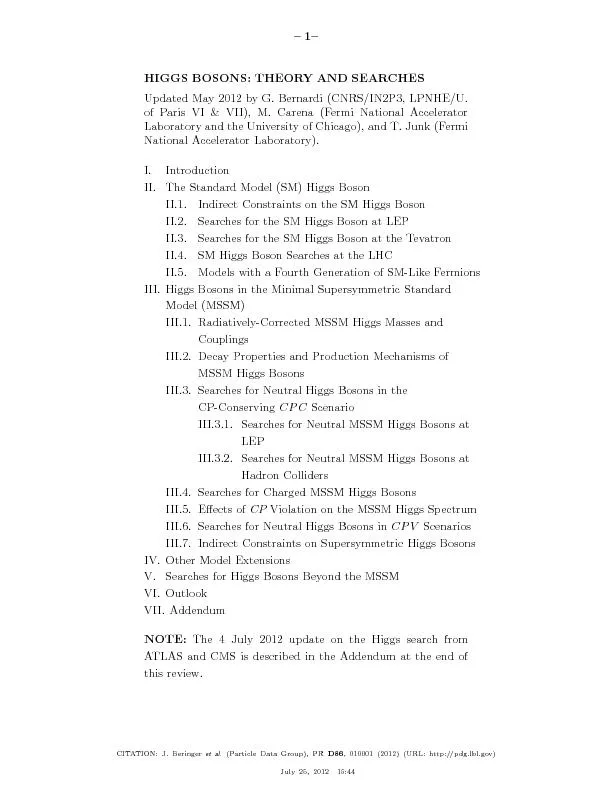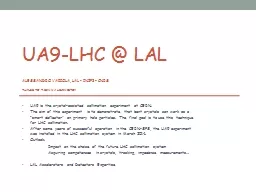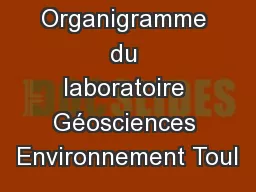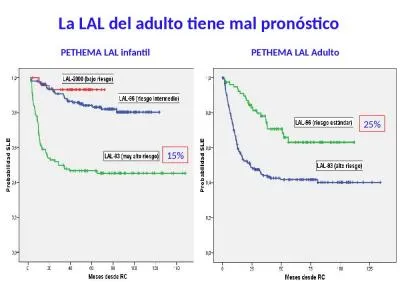PPT-Guy Wormser LAL, CNRS/IN2P3 , Paris
Author : Outlawking | Published Date : 2022-08-01
saclay University On behalf of the BABAR and LHCB collaborations RD status overview and prospects 1 FPCP Conference June 5 2017 Prague A Raphaël Talk outline
Presentation Embed Code
Download Presentation
Download Presentation The PPT/PDF document "Guy Wormser LAL, CNRS/IN2P3 , Paris" is the property of its rightful owner. Permission is granted to download and print the materials on this website for personal, non-commercial use only, and to display it on your personal computer provided you do not modify the materials and that you retain all copyright notices contained in the materials. By downloading content from our website, you accept the terms of this agreement.
Guy Wormser LAL, CNRS/IN2P3 , Paris: Transcript
Download Rules Of Document
"Guy Wormser LAL, CNRS/IN2P3 , Paris"The content belongs to its owner. You may download and print it for personal use, without modification, and keep all copyright notices. By downloading, you agree to these terms.
Related Documents

